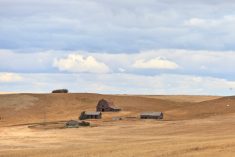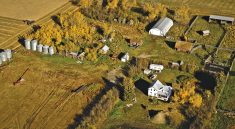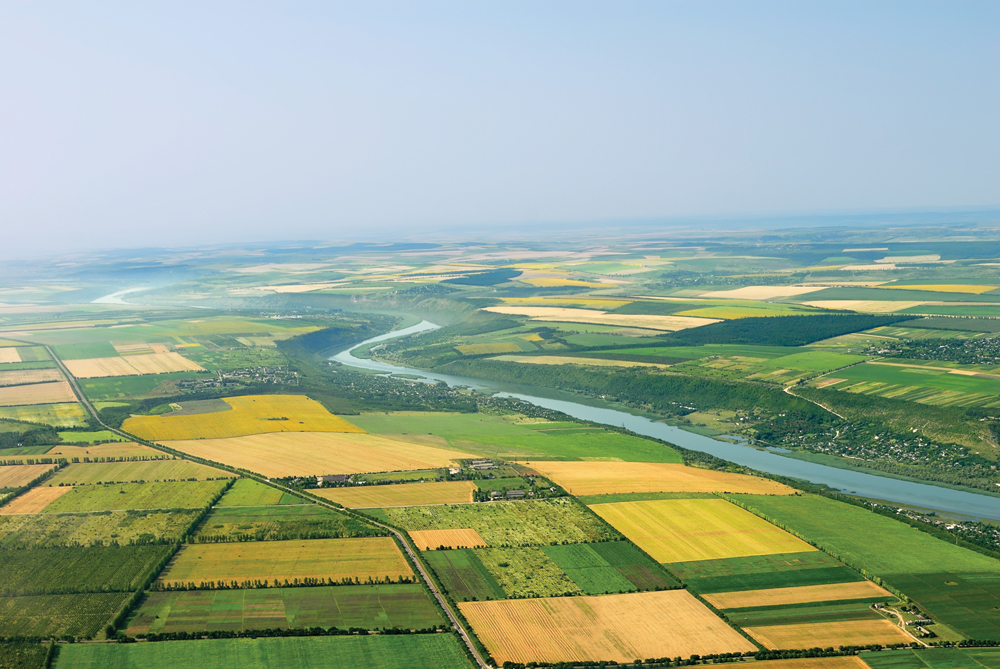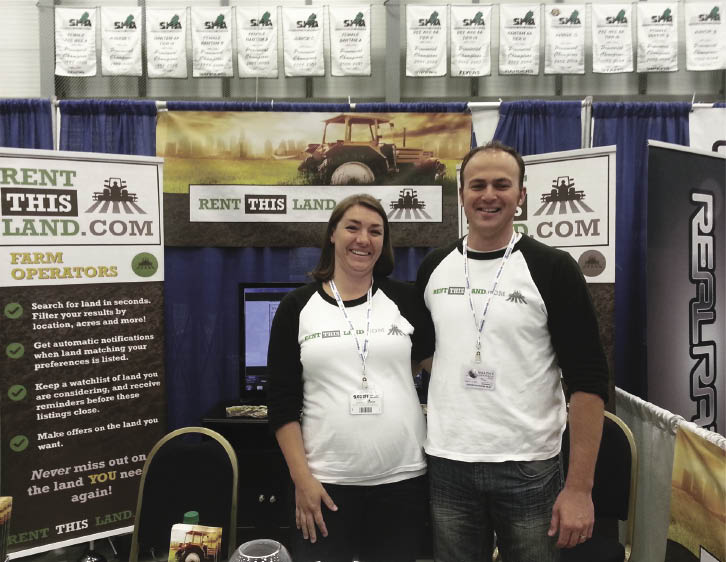Calculating how much you can afford to pay for rented land takes a certain amount of work, and there may even be some cost involved if you bring in advisors to help, but it may help mitigate some of your risk and prevent you from biting off more than you can chew.
There are various ways to calculate land rental costs, says Roy Arnott, farm management specialist with Manitoba Agriculture. “There are a number of methods that producers and landowners can use to calculate rates,” he says. “There is the usual cash rental calculations, to crop shares, to some flexible methods that try to share for the risk and reward of land rental between a producer and the land owner.”
Read Also
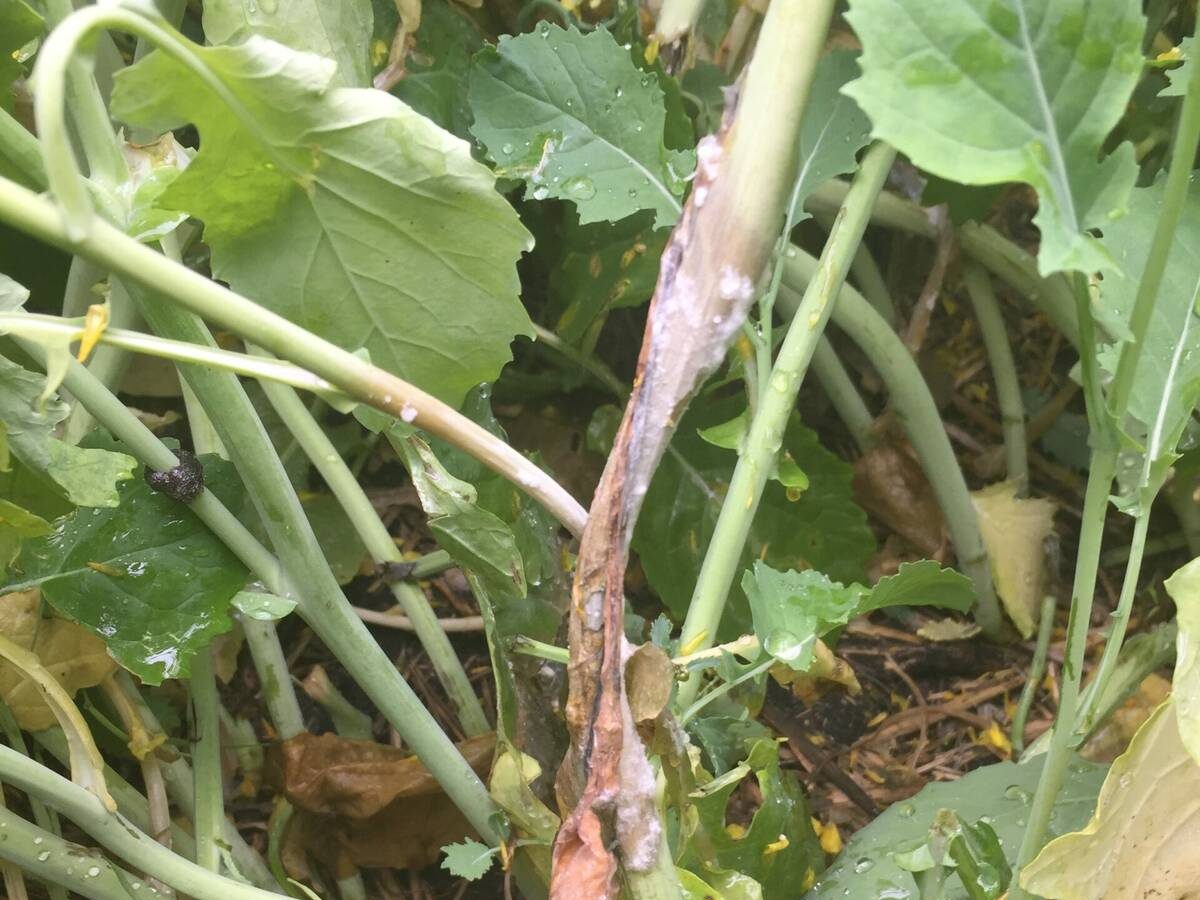
Good news, bad news for fungicides meant to fight stem rot in canola
A report shows overall insensitivity of sclerotinia to three fungicide groups hasn’t changed in a big way between 2010 and 2024 — but shows some sclerotinia populations have been discovered with elevated insensitivity to all three.
In the past, fair market land rental has often been slated somewhere in the range of 18 to 22 per cent of gross revenue (yield per acres times price per bushel), but with some land values having risen in the region of 14 to 22 per cent across Canada in the last few years, is this still a reasonable number to base rental rates on?
“I think 18 to 22 per cent is probably still the range of average land rental rates across Western Canada,” says Arnott. “For the landowner the check and balance is going to be to look at land value multiplied by an investment rate of return. You have to be careful with the numbers because they can push around, but that rate of return is somewhere between two and two-and-a-quarter per cent of the land value plus land taxes. That should be a pretty good approximation of land rental as well. That’s not necessarily what the coffee shop says land is worth but is really its productive value.”
Worth getting creative
Cash rental agreements are still the most common across most of Western Canada, but there are also some effective, non-traditional ways of approaching land rental that are more flexible and offer additional advantages for both parties, especially if they are both prepared to share in the rewards, and also the risk.
“One effective arrangement I have seen in recent years is where you’ve got a base rental rate that is determined, even if it’s determined arbitrarily, and a maximum rate which, again could be determined through calculation or arbitrarily and then the land rental rate is applied based on what happens during the year,” says Arnott. “If it’s a really good year, the producer is going to pay more rent because he can share more with the landowner and everyone benefits. If it’s a particularly tough year, the producer might only have to pay the base rate. The landowner is going to get less rent but the producer gets the benefit of some protection. When you have that agreement going in both directions for both parties, they are attractive and you tend to end up with very satisfied people on both sides of the equation.”
Use long-term averages
Any calculations should definitely use long-term averages, not just a couple of years’ production records. “Well I think when you take a longer-term viewpoint on gross revenues, on productive values, you tend to find a little bit more stability in your offering and your expectations,” says Arnott.
Making a short-term rental agreement based on your last one or two years of gross revenue, where a producer had an above production year, and above-average prices, might put him or her in a situation of offering and paying too much land rent than might be warranted with what the long-term production value has been or could be.
“That can flip around too,” says Arnott. “Just because one good year comes out of the woodwork doesn’t necessarily mean that land rent has to immediately increase. So both sides need to take into account, what is the longer-term average gross revenue, average yield, average prices, and what is the expected price trend of those commodities moving forward. In a rising market and rising land values, it’s very easy to keep cranking up land rentals or offering more, or expecting more, but when you’ve got flat or declining markets it gets very hard to figure out an appropriate way of stabilizing or even decreasing some of those values to be truly fair and reasonable.”
Long-term averages will also help producers build in some protection against factors beyond their control such as currency fluctuations, trade disruptions or market volatility. Arnott suggests taking a step back to look at what is going on in the bigger picture to get a better perspective from both the landowner and renter point of view.
“If you look at gross revenue times five to equal land value, that is a fairly cheap land value number, whereas if you look at gross revenue times 10, that’s probably expensive land or where insanity is set in on land values,” says Arnott. “Six to eight times the gross revenue is likely a more realistic figure. If you take a short-term viewpoint of gross revenue, and you apply those kind of parameters, you can crank out some very interesting land values and they can be, at times, very different if you apply a longer-term metric to gross revenue, or even projected gross revenue to give you a sense of where land values should be”
These numbers, says Arnott, come into play when you’re doing that landowner check and balance related back to land rents. “If you take this back full circle to where we started talking about 18 to 22 per cent of gross revenue, that’s probably going to be somewhere in the range of six to eight times gross revenue as a land value as well. That calculation is going to give you land rents that are based on the investment rate of return, so it’s sort of a double check producers can do.”
Transparency a problem
Calculating land rental rates that makes sense for the producer and the landowner definitely begins with assessing production costs yield potential and should take into consideration the marketing strategy the producer wants to employ. For example does he or she have sufficient grain storage capability to hang on for better prices in the market? And what is the associated cost or risk of doing that? These things all factor into the bottom line and help make sense — or not — of the land rental figure. That said, it’s not always easy to get a handle on what land in a specific area is really renting for. It’s often information that both landowners and renters want to keep close to their chest.
Lyndon Lisitza, who owns Renterra, an online service that matches up producers seeking land to rent and landowners looking for renters, says he sees more and more clients signing up for his service because it helps to encourage transparency in pricing, which they can’t get by simply talking to their neighbours or going to live auctions.
“Landowners if they are disconnected from the land, they are not always sure what the land rental values are, and there are so many variables that go in to determining what the value is — like commodity prices, or how much competition there is in a particular area,” says Lisitza. “They’ll put it up on my site and we can either do an electronic tender or they can hold an online auction. The online auctions are probably the most efficient way of determining and discovering what the value of something is. I’m finding when I do set up an auction, I might have anywhere from 50 to 60 people in a 50 kilometre radius that are looking to rent land. Assuming it’s decent land, there’ll be good competition and you very quickly determine what the value of that land is.”
For the producer it’s also an efficient way to have all the information in one place that he or she needs about a parcel of land, such as cultivated acres, soil class, assessment value, and often pictures and mapping of where the land is. “They can download all the information so that they can at least determine if they’re interested,” says Lisitza. “Quite often then they will take a drive by and look at the land. It definitely gives everyone an equal opportunity to figure out if there’s land available and an equal chance in the bidding process.”
Maintain perspective
No one wants to end up in an untenable position when it comes to renting land, but if people are too conservative and cautious they can end up on the underside of the land rental value, says Arnott. “If people are too aggressive, and too willing to gamble, they can be on the overside of the value very quickly and put things at risk. Both the conservative and the gambler can create challenges for the business on both sides. So it’s very important to keep perspective and balance with your thinking and planning.”
Find out more about Renterra at renterra.ca.




